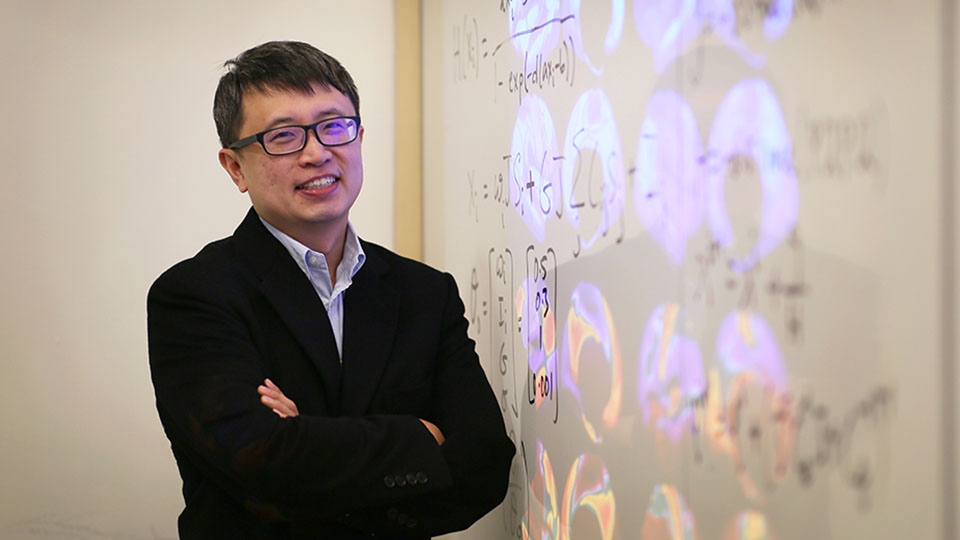An inter-disciplinary research team led by scientists from the National University of Singapore (NUS) has successfully employed machine learning to uncover new insights into the human brain.
The new approach could potentially be used to assess treatment of neurological disorders, and to develop new therapies.
In a press statement, NUS said the approach automatically estimates parameters of the brain using data collected from functional magnetic resonance imaging (fMRI). This enables neuroscientists to infer the cellular properties of different brain regions without probing the brain using surgical means.
Currently, most human brain studies are limited to non-invasive approaches, such as magnetic resonance imaging (MRI). This limits the examination of the human brain at the cellular level, which may offer novel insights into the development, as well as potential treatment, of various neurological diseases.
“The underlying pathways of many diseases occur at the cellular level, and many pharmaceuticals operate at the microscale level. To know what really happens at the innermost levels of the human brain, it is crucial for us to develop methods that can delve into the depths of the brain non-invasively,” explained team leader Assistant Professor Thomas Yeo, who is from the Singapore Institute for Neurotechnology (SINAPSE) at NUS, and the A*STAR-NUS Clinical Imaging Research Centre (CIRC).
The research team found that brain regions involved in sensory perception – such as vision, hearing and touch – exhibit cellular properties opposite from brain regions involved in internal thought and memories.
The spatial pattern of the human brain’s cellular architecture closely reflects how the brain hierarchically processes information from the surroundings. This form of hierarchical processing could help in developments of the human brain and as well as recent advances in artificial intelligence.



